My Favourite Painting: Thomas Marks
'For me, this is one of the great paintings of London – even if it doesn’t look directly at the city.'
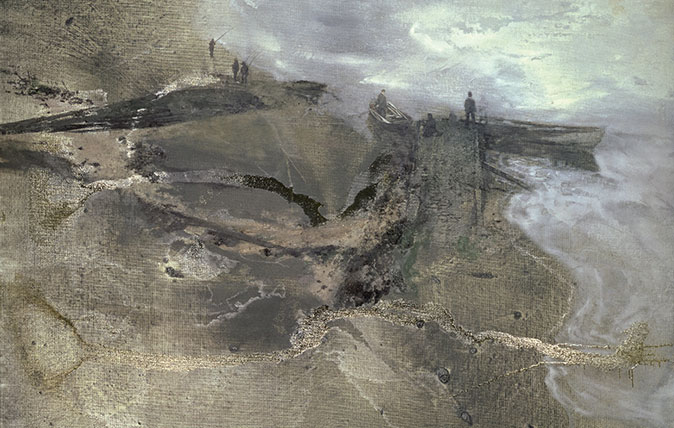

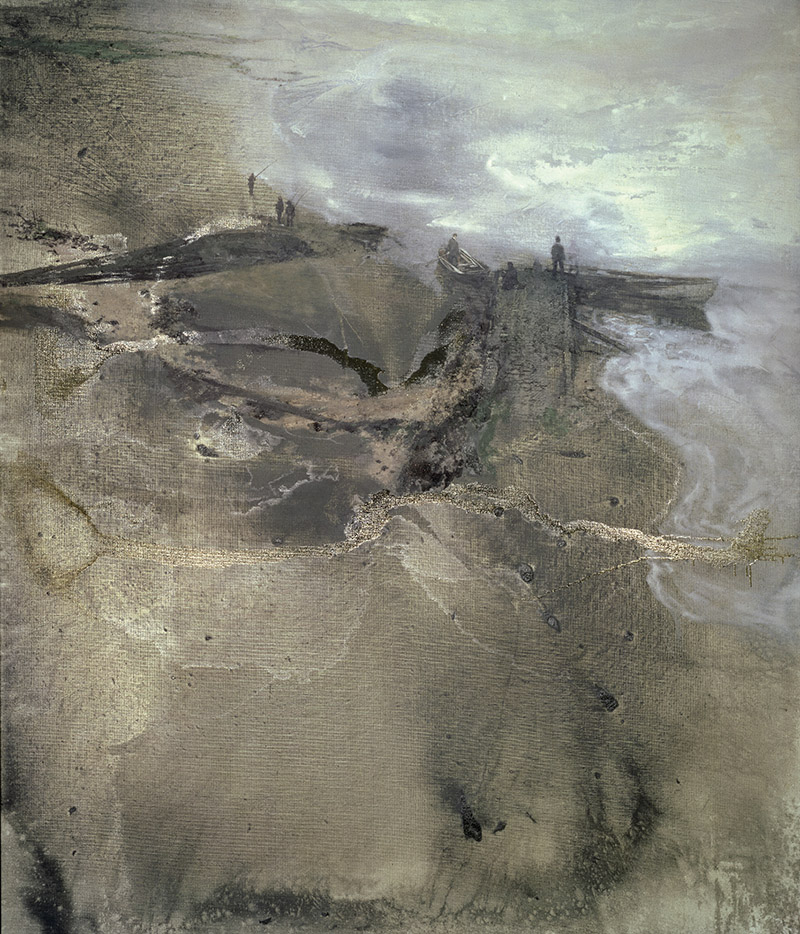
Thomas Marks says:
‘For me, this is one of the great paintings of London – even if it doesn’t look directly at the city, but dwells on its edges, with such a powerful sense of our vulnerability in the face of vast, unknown things. The miniature scale of the figures, the mystery of their horizon, and the coarse, damaged shore on which they stand–every time I see it, this painting never fails to move me ’
Thomas Marks is editor of the international art magazine Apollo
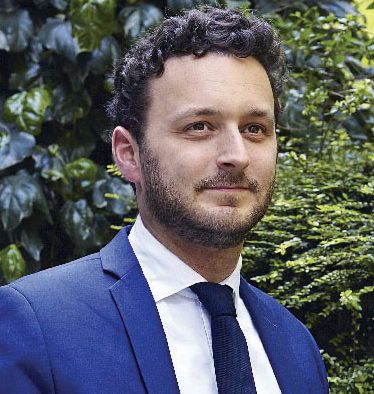
John McEwen on Thames Painting: The Estuary
Michael Andrews was born in Norwich, where his father worked for Norwich Union. Before national service in Egypt, he attended Saturday-morning classes at Norwich School of Art and, on demob, entered the Slade. One of his teachers, Lawrence Gowing, later wrote: ‘I remember wondering if this lanky, diffident young man could possibly explore the oddness of these perceptions of his.’
On graduation, he won a Rome scholarship. With Eduardo Paolozzi, he acted in Together, a film by fellow Slade graduate Lorenza Mazzetti, which represented Britain at the Cannes Film Festival.
On his return, he taught art at the Slade and elsewhere and had his first commercial gallery exhibition, at Helen Lessore’s Beaux Arts Gallery. She often sent him money he wasn’t owed, once writing to him: ‘I hate to think of you living on Nescafé and Woodbines.’ He stopped teaching in 1966, when he joined the Marlborough Gallery.
Andrews proved true to his odd perceptions. Over the years, he painted pictures of ballooning, seaside piers, tropical fish and deer stalking. They took a long time to finish, being large but with meticulous details.
He captured the ‘flow and flux of things’, ‘disappearance and reappearance’, encouraged by making paint ‘do more things than you thought it would’, sometimes by blowing it hither and thither across the canvas with a hair-dryer.
Sign up for the Country Life Newsletter
Exquisite houses, the beauty of Nature, and how to get the most from your life, straight to your inbox.
The ‘ethos’ or spirit of a landscape became his final preoccupation. In 1992, he moved to a flat overlooking the Thames and determined to paint the tidal changes. Two years later, he underwent a cancer operation. The Estuary was his last painting.
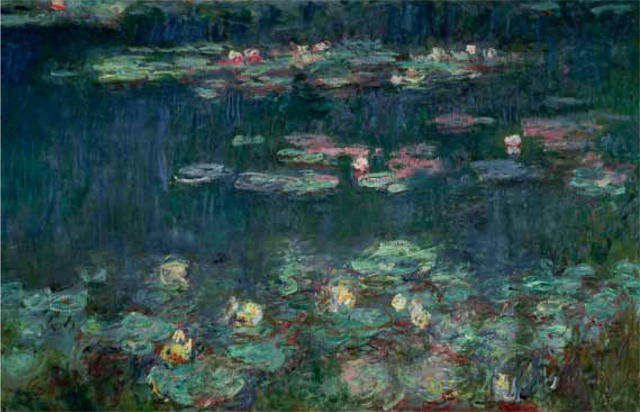
My Favourite Painting: Lulu
Lulu chooses her favourite painting for Country Life.
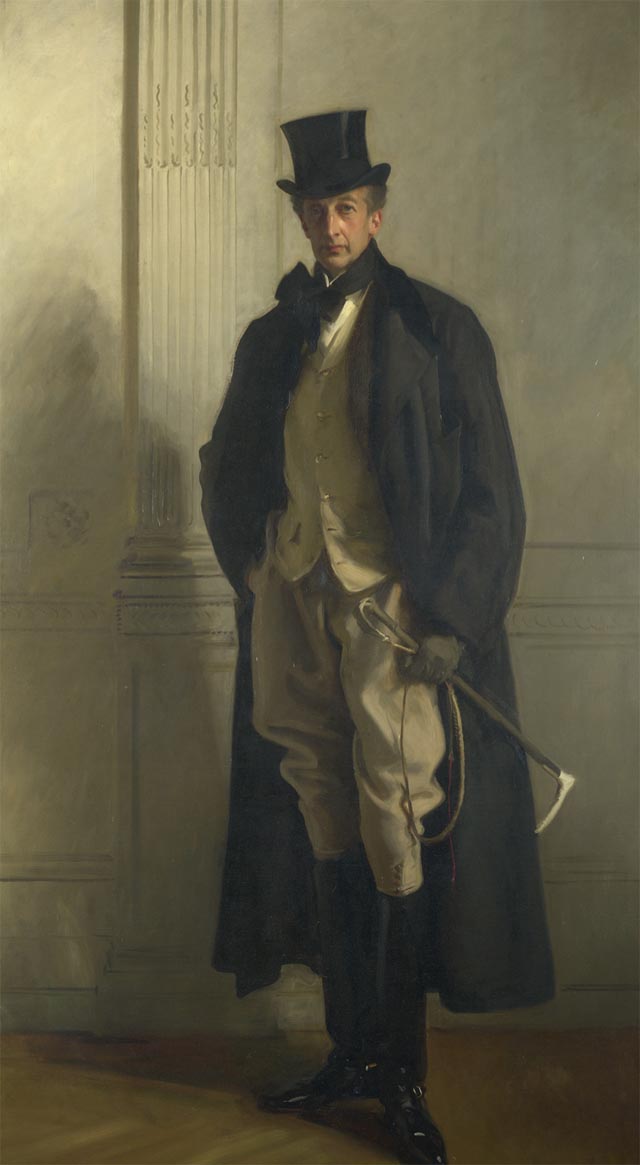
My favourite painting: David Starkey
David Starkey shares the one painting he would own, if he could

My favourite painting: Jacqueline Wilson
'I looked at this painting and decided to write about a Victorian circus girl one day'
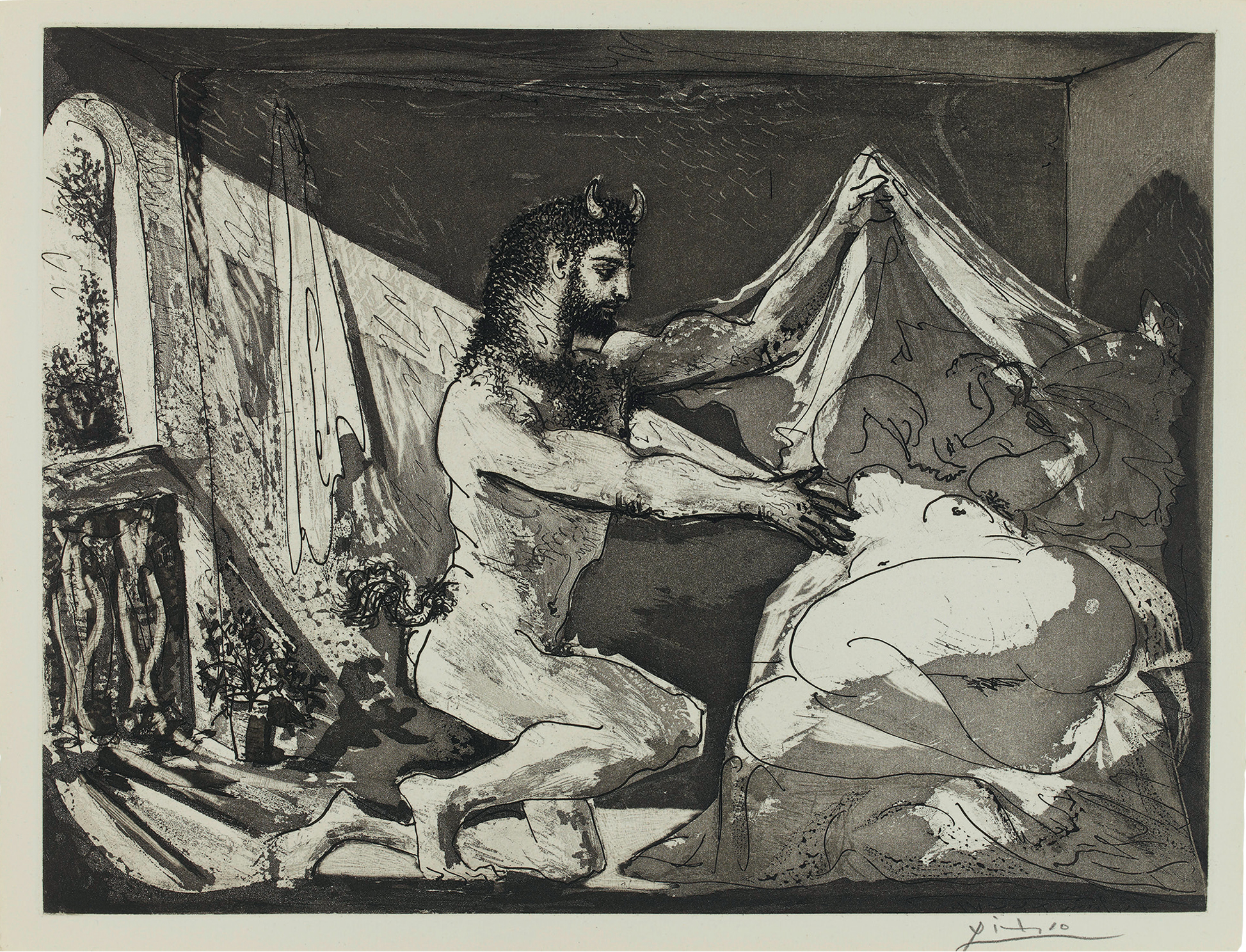
My favourite painting: Norman Ackroyd
Norman Ackroyd chooses his favourite painting for Country Life.
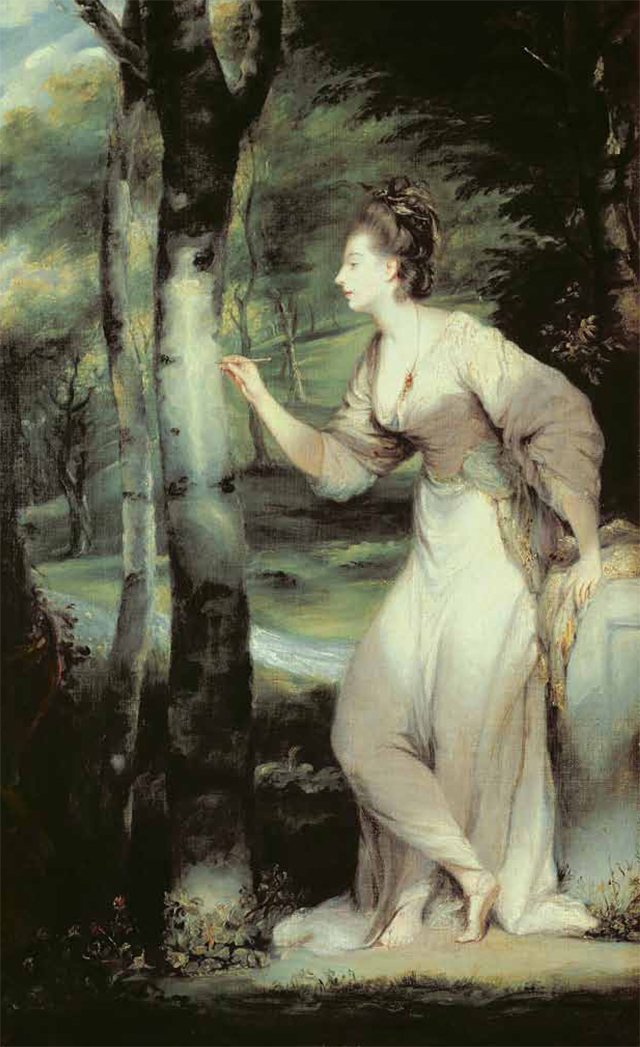
My Favourite Painting: Bruce Oldfield
Bruce Oldfield chooses his favourite painting for Country Life.
My Favourite Painting: Lynn Barber
Lynn Barber chooses her favourite painting for Country Life.
Country Life is unlike any other magazine: the only glossy weekly on the newsstand and the only magazine that has been guest-edited by HRH The King not once, but twice. It is a celebration of modern rural life and all its diverse joys and pleasures — that was first published in Queen Victoria's Diamond Jubilee year. Our eclectic mixture of witty and informative content — from the most up-to-date property news and commentary and a coveted glimpse inside some of the UK's best houses and gardens, to gardening, the arts and interior design, written by experts in their field — still cannot be found in print or online, anywhere else.
-
 ‘It had the air of an ex-rental, and that’s putting it politely’: How an antique dealer transformed a run-down Georgian house in Chatham Dockyards
‘It had the air of an ex-rental, and that’s putting it politely’: How an antique dealer transformed a run-down Georgian house in Chatham DockyardsAn antique dealer with an eye for colour has rescued an 18th-century house from years of neglect with the help of the team at Mylands.
By Arabella Youens
-
 You're having a giraffe: Country Life Quiz of the Day, April 25, 2025
You're having a giraffe: Country Life Quiz of the Day, April 25, 2025Friday's Quiz of the Day brings your opera, marathons and a Spanish landmark.
By Toby Keel
-
 'As a child I wanted to snuggle up with the dogs and be part of it': Alexia Robinson chooses her favourite painting
'As a child I wanted to snuggle up with the dogs and be part of it': Alexia Robinson chooses her favourite paintingAlexia Robinson, founder of Love British Food, chooses an Edwin Landseer classic.
By Charlotte Mullins
-
 The Pre-Raphaelite painter who swapped 'willowy, nubile women' for stained glass — and created some of the best examples in Britain
The Pre-Raphaelite painter who swapped 'willowy, nubile women' for stained glass — and created some of the best examples in BritainThe painter Edward Burne-Jones turned from paint to glass for much of his career. James Hughes, director of the Victorian Society, chooses a glass masterpiece by Burne-Jones as his favourite 'painting'.
By Charlotte Mullins
-
 'I can’t look away. I’m captivated': The painter who takes years over each portrait, with the only guarantee being that it won't look like the subject
'I can’t look away. I’m captivated': The painter who takes years over each portrait, with the only guarantee being that it won't look like the subjectFor Country Life's My Favourite Painting slot, the writer Emily Howes chooses a work by a daring and challenging artist: Frank Auerbach.
By Toby Keel
-
 My Favourite Painting: Rob Houchen
My Favourite Painting: Rob HouchenThe actor Rob Houchen chooses a bold and challenging Egon Schiele work.
By Charlotte Mullins
-
 My Favourite Painting: Jeremy Clarkson
My Favourite Painting: Jeremy Clarkson'That's why this is my favourite painting. Because it invites you to imagine'
By Charlotte Mullins
-
 The chair of the National Gallery names his favourite from among the 2,300 masterpieces — and it will come as a bit of a shock
The chair of the National Gallery names his favourite from among the 2,300 masterpieces — and it will come as a bit of a shockAs the National Gallery turns 200, the chair of its board of trustees, John Booth, chooses his favourite painting.
By Toby Keel
-
 'A wonderful reminder of what the countryside could and should be': The 200-year-old watercolour of a world fast disappearing
'A wonderful reminder of what the countryside could and should be': The 200-year-old watercolour of a world fast disappearingChristopher Price of the Rare Breed Survival Trust on the bucolic beauty of The Magic Apple Tree by Samuel Palmer, which he nominates as his favourite painting.
By Charlotte Mullins
-
 My favourite painting: Andrew Graham-Dixon
My favourite painting: Andrew Graham-Dixon'Lesson Number One: it’s the pictures that baffle and tantalise you that stay in the mind forever .'
By Country Life